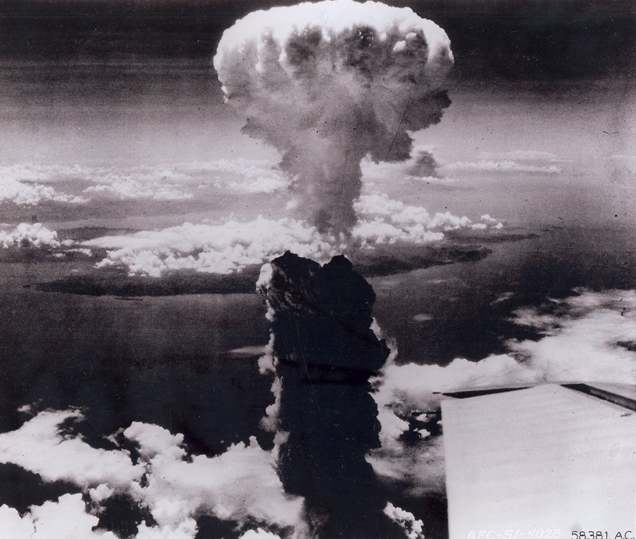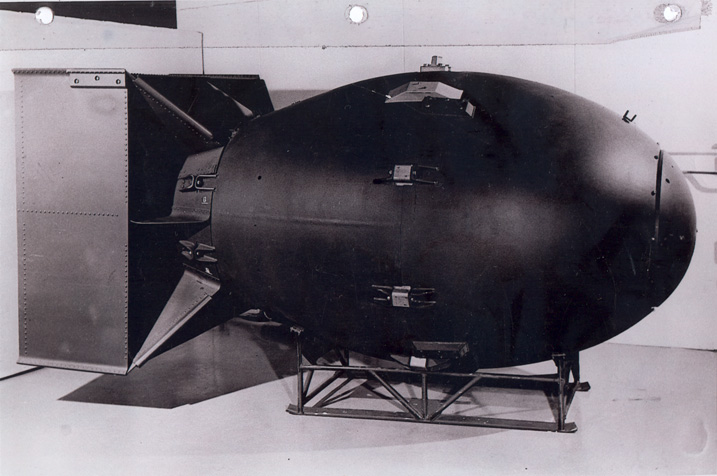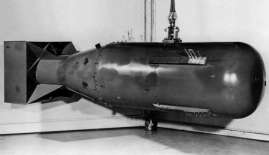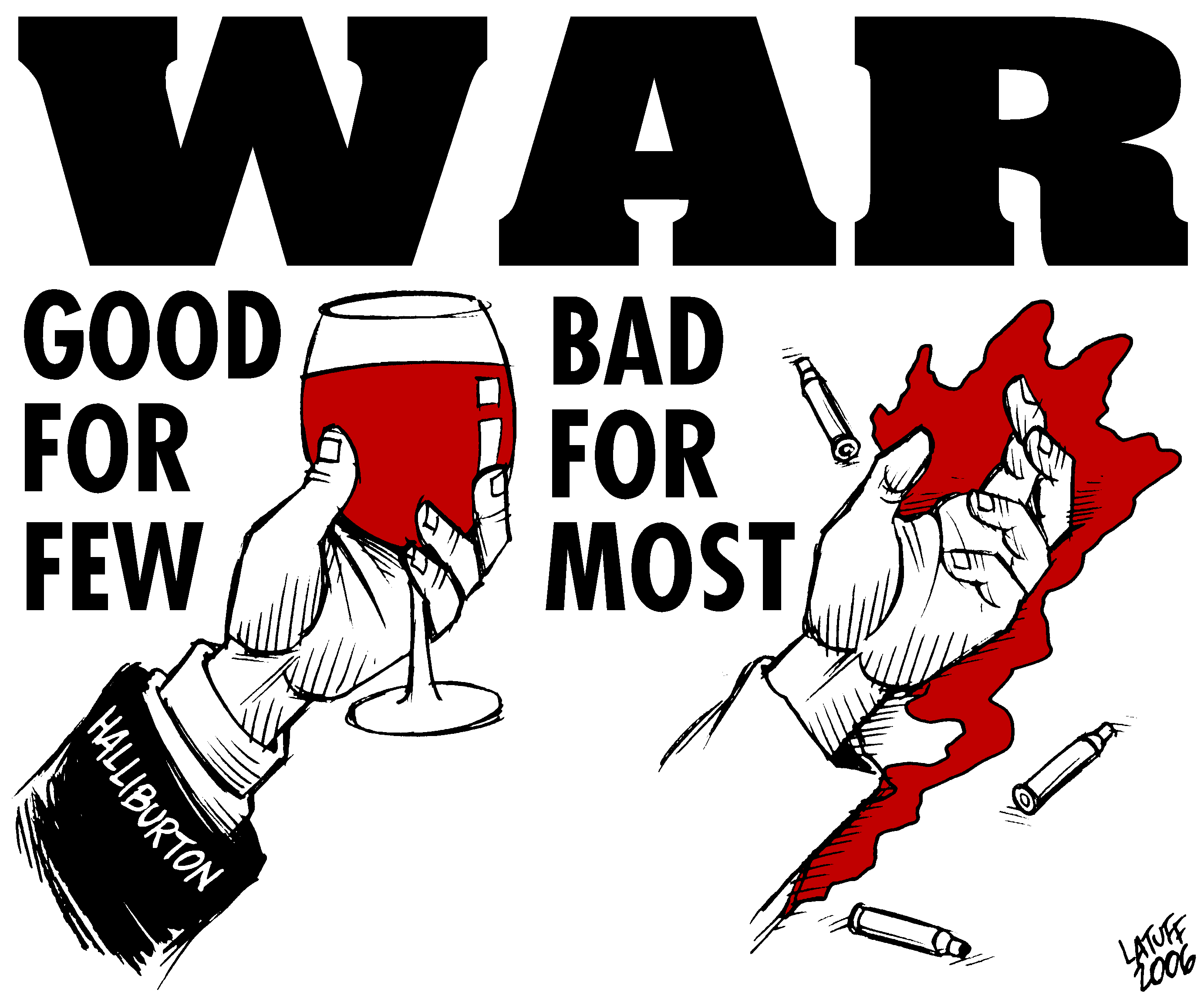Area of specialisation
INTRODUCTION
Surrealism
This is a 20th-century avant-garde movement in art and literature, which sought to release the creative potential of the unconscious mind, for example by the irrational juxtaposition of images.
Surrealist artists looked for a way to link to the unconscious as a way to use and create imagination. (source)
According to James Voorhies, surrealism started in the late 1910s and early ’20s. It was a literary movement with experiments on a new way of expression known as automatism hence leading to unbridled imagination of subconscious.
In 1896-1966 a poet and critic by the names of Andre Breton published a Manifesto of Surrealism in Paris. It then made surrealism become a political and international movement. (source)
The first visual surrealist imagery and techniques used were by the German Max Ernst in 1891-1976, the Frenchman André Masson from 1896–1987, the Spaniard Joan Miró from 1893–1983, and finally an American Man Ray from 1890–1976.

















